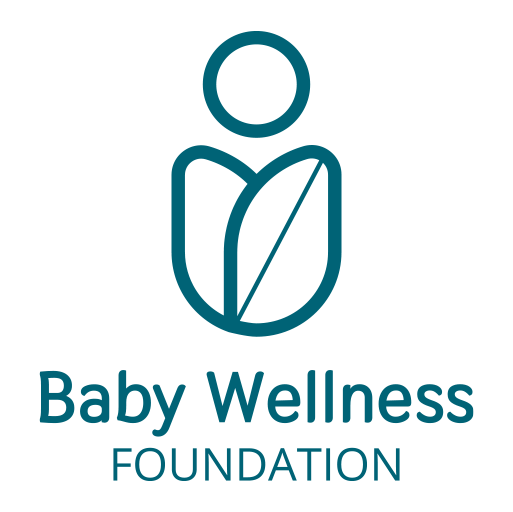Approfondimenti scientifici
Latch and sucking: foundations for effective breastfeeding

A correct latch is one of the fundamental aspects of establishing effective and comfortable breastfeeding for both the mother and the baby. Good positioning and effective sucking promote milk production and flow, reduce the risk of breast pain, and help establish a calm and positive bond between mother and baby.
How to facilitate a proper latch
To ensure a proper latch, the mother should make sure that the baby is positioned facing her, with their tummy against her body. It’s important that the baby’s ear, shoulder, and hip are aligned, and that their nose is in line with the nipple. When the baby opens their mouth wide, this is the right moment to bring them to the breast—guiding the baby to the breast rather than moving the breast toward the baby.
These recommendations are especially important during the first few weeks, when the baby is still learning to breastfeed. Over time, babies become more skilled and, together with the mother, can manage the latch and positioning more autonomously.
Signs of a good latch
A proper latch can be recognized by several clear signs:
- The mouth is wide open
- The lips are flanged outward
- The baby has a significant portion of the areola in their mouth, not just the nipple
- The chin touches the breast
An effective latch activates the mother’s neurohormonal reflexes, promoting milk production (prolactin) and milk release (oxytocin).
The mechanism of sucking
Effective sucking is triggered when the breast touches the baby’s lips. In response, the baby slightly tilts their head back, opens the mouth wide, and places the tongue down and forward. Once a sufficient portion of the breast is inside the mouth, the nipple reaches the soft palate, activating the sucking reflex.
The tongue compresses the milk from the lactiferous ducts located beneath the areola. As the oral cavity fills with milk, the baby swallows rhythmically.
Signs of effective sucking
Effective sucking is easily recognizable by several observable cues:
- A slow and deep rhythm, often with short pauses
- Audible or visible swallowing
- Full, rounded cheeks (not hollowed)
- The baby ends the feed spontaneously, releasing the breast and appearing content
These indicators help determine whether the baby is taking in an adequate amount of milk.
Importance of maternal posture
Finally, the mother’s posture plays a crucial role. To promote an effective feeding session and reduce physical strain—especially in the early days after birth—it’s important that the mother is in a comfortable position, with her back well supported and feet resting on a footstool or similar support to keep her legs relaxed. A calm and comfortable environment facilitates breastfeeding and enhances the well-being of both mother and baby.
